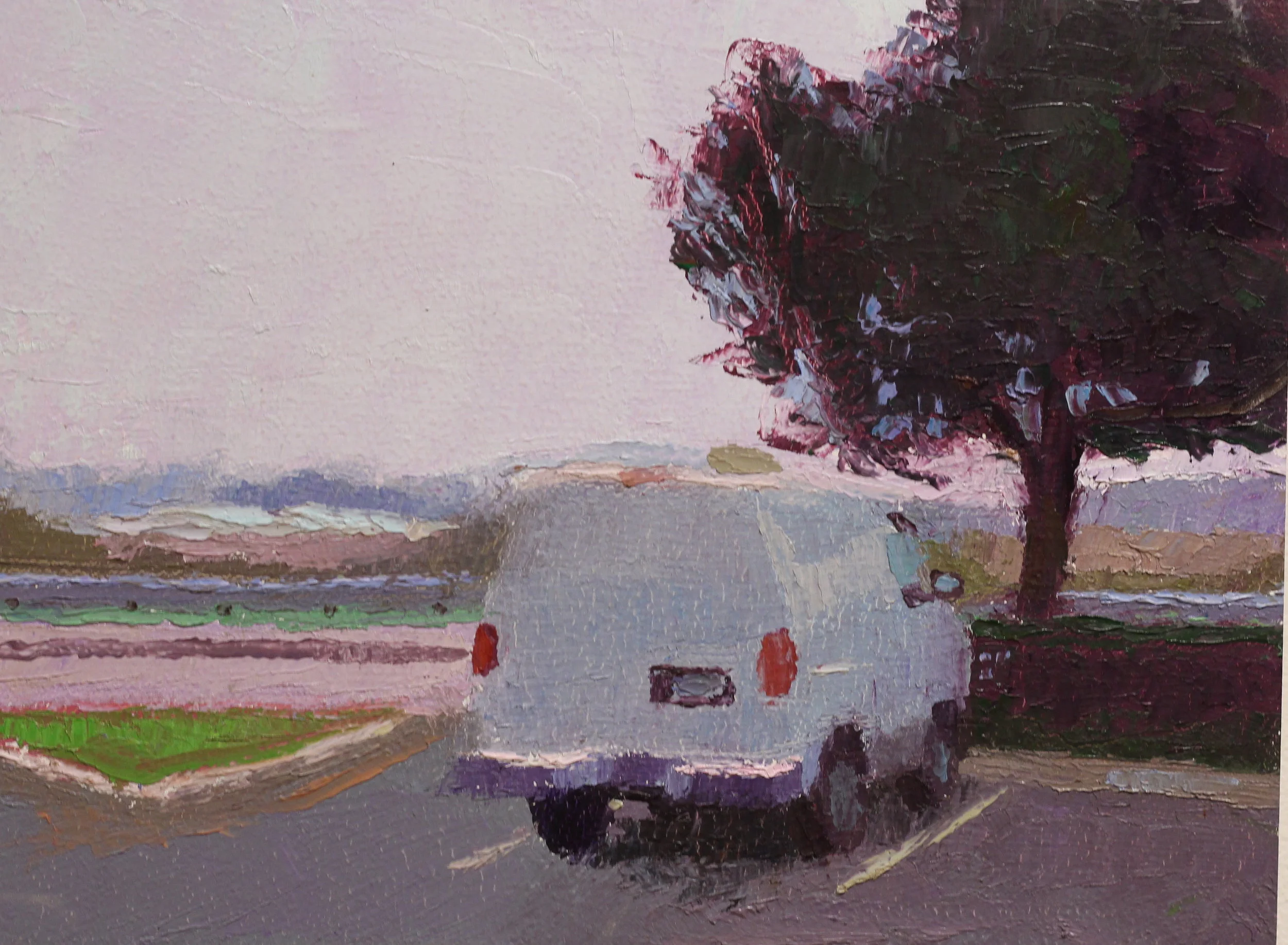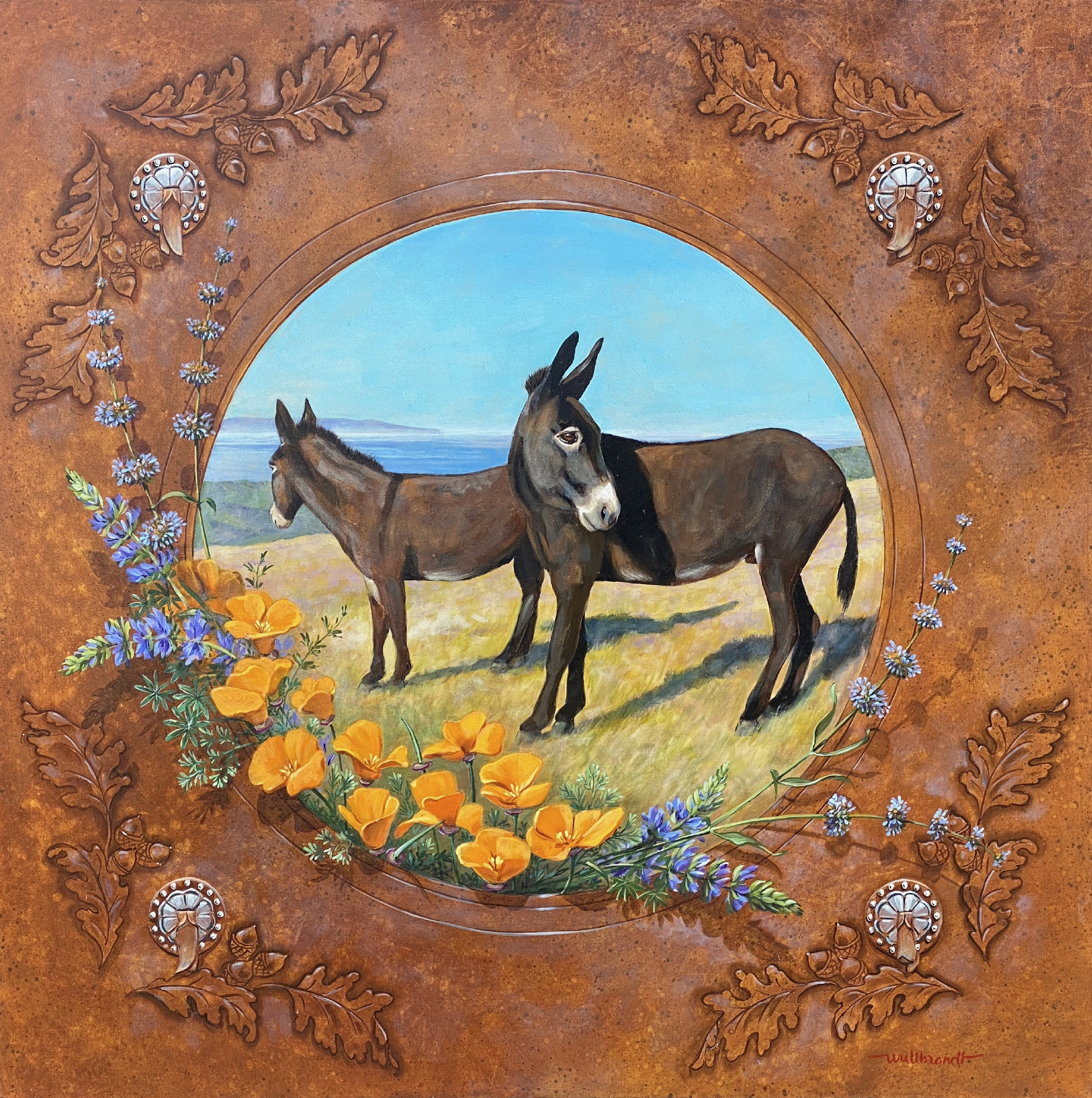Manuel Álvarez Bravo: Picturesque Paradox
By Alyssa Long, Lum Arts Writing Intern
Mexican photographer Manuel Álvarez Bravo worked in a time of transition following the Mexican Revolution of 1910, when new leaders began to champion a proudly Hispanic cultural identity in opposition to Western hegemony. While other artists of the 1930s and 1940s, such as Frida Kahlo and Diego Rivera, frequently depicted indigenous culture in their works, Álvarez Bravo rigorously avoided exoticism. Instead, over the course of a century, he captured everyday life in Mexico with subtle metaphor and irony. As Gerardo Mosquera has pointed out, his imagery depicts “a Mexico that was simultaneously recognizable and indeterminate, fixed and evanescent.” This duality is full tilt in the Santa Barbara Museum of Art’s recent exhibition “Profound and Discreet Poetry: Photographs by Manuel Álvarez Bravo from the Collection.” Through the literal and metaphorical aspects of photography, the coexistence of life and death in his scenes, and the double-edged specificity and anonymity of his human subjects, Álvarez Bravo communicates the paradoxical qualities of the Mexican experience.
Cruce de Chalma (Cross of Chalma), 1942. Gelatin silver print. SBMA, Gift of Mr. Rudolph Demasi.
In general, Álvarez Bravo avoided featuring signs of modernity like Coke bottles or telephones (Lerner). His ironic use of the photographic medium is wrapped in his repeating motif of the white sheet hanging to dry. Blank, billowing and generic white sheets reference the prevalence of the veil in Mexican black-and-white photography (Segre). In “The Washerwomen Implied,” white sheets are draped over agave plants, representing both a presence and an absence of the subject. The photograph, “In a Small Space,” depicts two crisp white sheets draped over clotheslines—evoking a loaded mood of plain typicality. Something, or someone, could be concealed behind them. Indeed, Álvarez Bravo suggests that the human eye cannot gather all the information necessary to be completely certain of the whole story (Walker). Many of Álvarez Bravo’s photographs include drapery or white sheets, and when viewed together, the artist’s paradoxical intention to document the literal and the metaphorical is even clearer. It is no wonder that Mosquera thought to call his photography “syllables of light.”
Calabaza y Caracol (Squash and Snail), 1928. Platinum print. SBMA, Gift of Mr. and Mrs. Lorenzo Hernandez in honor of their son, Lorenzo Nicolas Hernandez.
Álvarez Bravo also cultivated the presence of death in his scenes of everyday life. His solemn imagery presents a natural opportunity for new growth (Badger). “Window to the Choir” depicts stairs and a window cut into stone. The shadows and darkness in the window and doorway are more than merely absences of light. As G. Badger notes, for Álvarez Bravo, shadows serve as both a “womb and a grave,” spaces with potential for more imagery. Álvarez Bravo taunts the viewer with the hope of a choir in the darkness, but the viewer cannot be sure that there is anything but darkness behind the rocks. These images are muted and silent. Rather than depicting chaos and turbulence, the composition is calm and reserved.
In portraiture, Álvarez Bravo captured anonymous subjects, usually turned away with their faces shielded, eliciting a sense of mystery. “Daughter of the Dancers” features a girl in a Mexican dress, peering through a window and facing away from the camera. The girl is clearly defined as the subject, but her purpose and identity is not revealed. By not letting the viewer see who she is or what she is looking at, Álvarez Bravo’s composition achieves a disquieting effect—a girl turned metaphor. Likewise, the ethereal woman in “Portrait of the Eternal” is made anonymous by shadows cast over her face as she sits on the floor gazing into what appears to be a mirror. Light only catches her profile, but her eyes—features that would define her—are shrouded in shadow. Here, darkness is used as a shield, protecting the woman’s identity. Álvarez Bravo depersonalized subjects, asserts Badger, whether through darkroom techniques or by setting up a scene and waiting for something to organically conceal the subject’s identity. By concealing the identities of his subjects, Álvarez Bravo rejected self-explanatory imagery, granting the role of the storyteller to the viewer.
The poignant and understated SBMA exhibition, moreover, clashes with the US’ current political climate of deductive representation of Mexico and its people, not to mention the animosity fueling the US’ political agenda in border tensions. Álvarez Bravo’s photographs evoke a complex and thoughtful contemplation of the quotidian in Mexico that begs a deeper understanding of the country’s history and people.
La Hija de los Danzantes (The Daughter of the Dancers), 1933 (printed 1981). Platinum print, ed. 11/25, from the “Platinum Portfolio.” SBMA, Gift of Joan Almond.
“Profound and Discreet Poetry: Photographs by Manuel Álvarez Bravo from the Collection” is on view November 27, 2018 to March 3, 2019 at the Santa Barbara Museum of Art.
__________________________
Works cited
Badger, G. "'The Labyrinth of Solitude: The Art of Manuel Álvarez Bravo.” British Journal Of Photography (u.k.), vol. 123, no. 21, 1976, pp. 424–428.
Bravo, Manuel Alvarez, et al. Manuel Álvarez Bravo: Photopoetry. Thames & Hudson, 2008.
Doktorczyk-Donohue, Marlena. Anonymity and Disembodiment in the Work of Manuel Álvarez Bravo. Diss. University of Southern California, 2000.
Kandell, Jonathan. “Manuel Álvarez Bravo, Photographer, Dies at 100.” The New York Times,
The New York Times, 21 Oct. 2002.
Lerner, Jesse. "Images of the Subverted Eden." History of Photography 20.3 (1996): 239–244.
Lifson, Ben. “Manuel Álvarez Bravo's Exemplary Minor Art.” On Paper, vol. 1, no. 5, 1997, pp. 17–19.
Mosquera, Gerardo, et al. Manuel Álvarez Bravo. TF Editores, 2012.
Segre, Erica. "The Hermeneutics of the Veil in Mexican Photography: of rebozos, sábanas, huipiles and lienzos de Verónica." Hispanic Research Journal 6.1 (2005): 39–65.
Walker, Ian. “Manuel Álvarez Bravo, Surrealism and Documentary Photography.” Journal of Surrealism and the Americas, vol. 8, no. 1, 2014, pp. 1–27.
•
Want to write for Lum Art Zine? Contact editor@lumartzine.com.
Interested in how you can support Lum Art Zine? We are currently seeking sponsors for Lum Art Zine’s Summer 2020 issue. To get involved or to make a donation, contact editor@lumartzine.com.





